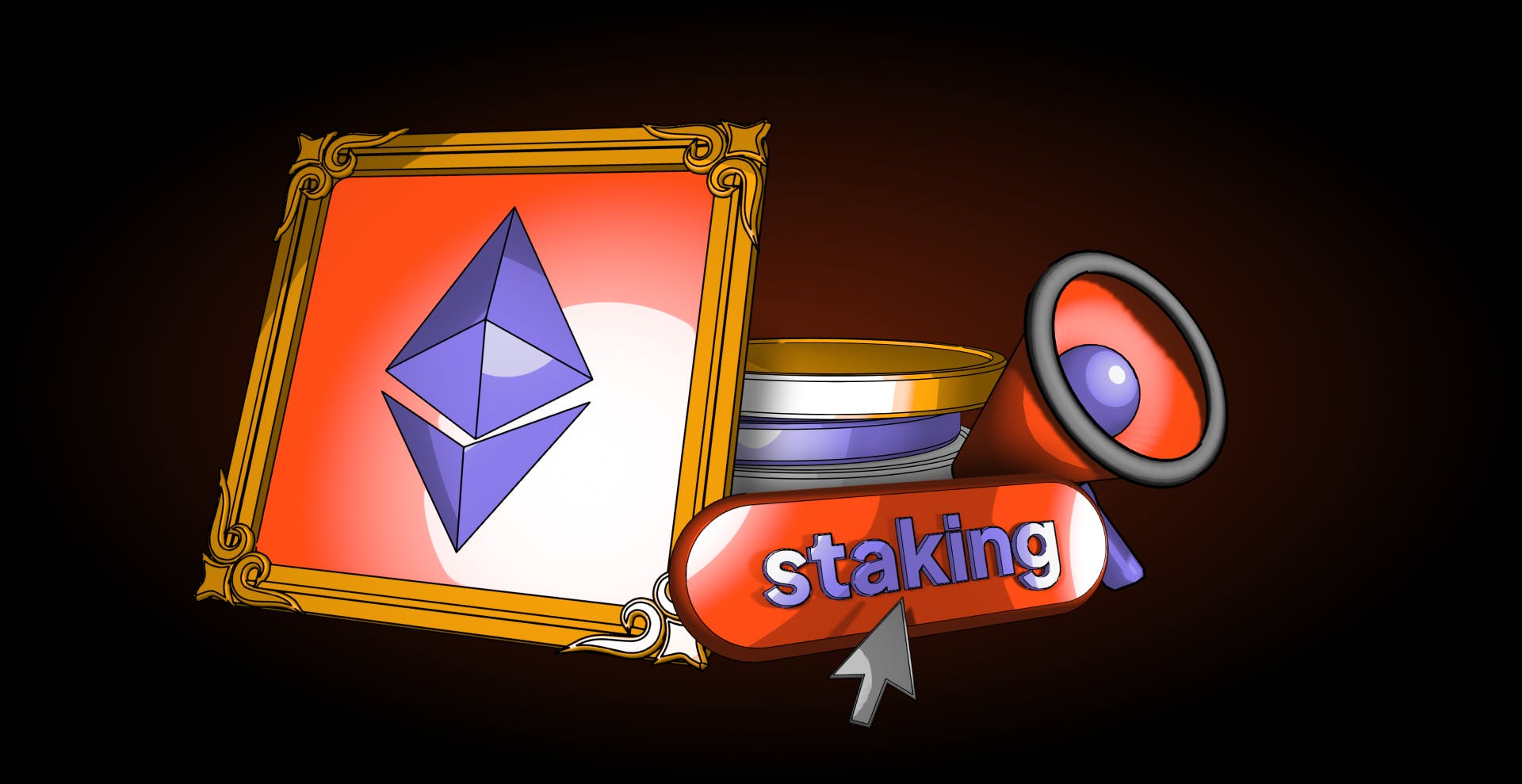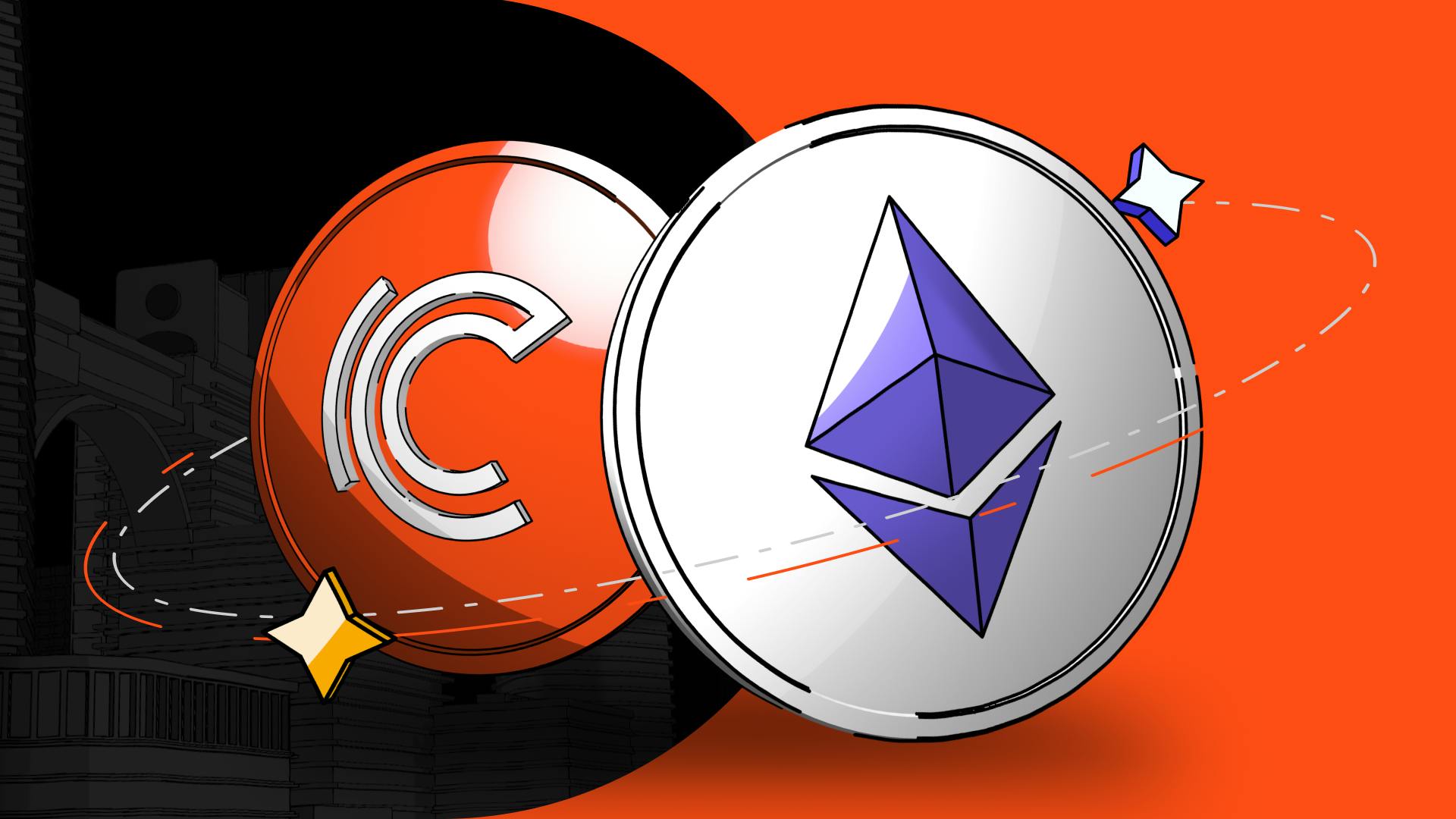Decoding the Metaverse Economy: The Role of Cryptocurrencies
5 de diciembre de 2025

by Coinmetro Editorial Team
5 de diciembre de 2025
The Metaverse - a concept once limited to science fiction, now shapes how people interact, work, and trade in digital spaces. It's a network of virtual worlds where users engage in gaming, socializing, and commerce. It makes physical and digital interactions less distinct.
Cryptocurrencies are key to the metaverse economy. They make transactions secure and clear, allow for asset ownership, and support decentralized finance. Without them, the economy would stick to old payment methods, lacking the flexibility and innovation of blockchain.
Three themes define this shift:
- Digital ownership lets users control virtual items via NFTs.
- Decentralized economies mean users can affect how markets work and make rules.
- Crypto innovation opens up new business and finance chances.
The metaverse's economy grows with cryptocurrencies, building a future where digital spaces connect through user action and blockchain tech.
The metaverse economy involves financial actions in virtual worlds, digital markets, and interactive platforms. Users engage in buying, selling, and creating within these spaces. Blockchain technology drives this, offering secure and clear transactions.
In the metaverse, users deal with digital goods like virtual land, avatars, and NFTs. These can be worth a lot; some land sells for millions. On platforms like Decentraland or The Sandbox, you can buy land as NFTs to build, rent, or sell. Virtual items, such as clothes for avatars or art, drive this active market.

Blockchain supports the metaverse economy by securing transactions and ensuring trust. All dealings are logged on a clear, unchangeable ledger, preventing fraud and proving ownership. Smart contracts automate tasks like leasing land or moving assets. This technology also enables user-governed decisions via DAOs (Decentralized Autonomous Organizations).
By merging virtual goods with blockchain, the metaverse economy links platforms, allowing users to own, trade, and earn from assets, changing our view on value and digital interaction.
Cryptocurrencies are key in the metaverse for fast, secure transactions. Tokens like ETH and SAND let users trade virtual items like land and collectibles. These deals skip banks, cutting costs and increasing access.
Blockchain tech lets users move assets between metaverse worlds. This means you can use Ethereum in both Decentraland and The Sandbox. It makes digital assets more valuable and gives users flexibility across platforms.
High fees on Ethereum can make small transactions unfeasible. But Layer 2 solutions like Polygon help. They lower costs and speed up transactions, making blockchain more practical for everyone.
Cryptocurrencies support the metaverse by enabling payments, linking platforms, and managing transaction issues. This setup makes for a more open, efficient digital economy, boosting virtual world growth.
NFTs are key in the metaverse, letting users own unique items. They cover everything from virtual land to digital art. Stored on the blockchain, they ensure real ownership and tradeability. NFTs help creators by enabling direct sales without intermediaries. Artists can sell art directly and earn royalties. This supports innovation and financial freedom for creators.
DeFi brings services like staking and lending into the metaverse. Users can stake tokens to gain rewards or lend assets. This allows borrowing against the digital property.
DeFi opens financial services to everyone with internet access. It breaks down banking barriers, letting users grow their wealth in virtual spaces.
Staking Crypto Explained: Unlocking Rewards through Participation
DAOs (Decentralized Autonomous Organizations) let users shape metaverse platforms through voting. Smart contracts run these organizations, where members propose and vote. This affects features or community events in games. Platforms like Decentraland use DAOs for user governance. This builds community and trust by aligning decisions with user interests. It encourages ongoing involvement.
NFTs, DeFi, and DAOs are vital for the metaverse's growth. They create a system where users can own, earn, and decide in their digital worlds.
Cryptocurrencies enable buying and trading virtual land on platforms like Decentraland and The Sandbox. Users buy land as NFTs, securing ownership on the blockchain. This land can host businesses or social areas. Brands like Atari, Adidas, and Coca-Cola have invested in these spaces, while others trade for profit.
In games like Axie Infinity, you earn crypto by playing. You can fight, breed, or trade items worth real money. Players earn Smooth Love Potion (SLP) to sell or use. This beautifully mixes gaming with earning, powered by crypto.
Crypto makes transactions easy in virtual work and social areas. Platforms like Decentraland host events where you pay in crypto. This setup boosts professional and community ties, ignoring distance. Cryptocurrencies drive the metaverse's economy, from land deals to gaming and meetups. Blockchain tech enhances daily virtual life, creating new chances across industries.
The next phase for the metaverse is about making different platforms work together. This allows users to transfer assets, identities, and currencies freely across virtual worlds. Groups like Enjin and OMA3 are setting standards for these transfers. This connectivity means users can have a consistent experience, moving from one virtual world to another without restrictions.
Easy-to-use crypto wallets are key to getting more people into the metaverse. Wallets like MetaMask make it simple to set up and connect with various metaverse projects. They store not just cryptocurrencies but also NFTs, acting as your ticket into virtual economies. With more people using these wallets, blockchain technology will become a more accepted part of virtual life.
Tokenization is when you turn real-world items like stocks or real estate into digital tokens on the blockchain. These tokens can then be traded in the metaverse, opening up new ways to invest. Platforms like Propbase and Blocksquare let you buy parts of real estate properties. By blending physical and digital assets, tokenization makes the financial landscape of the metaverse richer and more accessible.
These trends illustrate how cryptocurrencies can shape the future of virtual spaces. Through interoperability, accessible wallets, and asset tokenization, the metaverse is positioned to become a more integrated part of everyday life, promoting greater user interaction and innovation.
▶️ Watch - What Does the Rise of the Metaverse Mean?
Join the Coinmetro community on Discord and Telegram, where forward-thinking traders and investors gather to share insights, explore new opportunities, and dive deep into cryptocurrencies. Should you need any help, please contact our world-class Customer Support Team via 24/7 live chat or email at hello@coinmetro.com.
To become a Coinmetro user today, Sign Up now or head to our new Exchange if you are already registered to experience our premium trading platform.
Etiquetas
Artículos relacionados

Blockchain en la educación: transformando el aprendizaje y la acreditación
¿Qué pasaría si tu expediente académico pudiera verificarse al instante, en cualquier lugar del mundo? Esta es solo una de las preguntas que reflejan…
7m

Cómo comprar Ethereum (ETH) en Coinmetro - paso a paso
¿Quieres comprar Ethereum al instante sin complicaciones? Coinmetro lo hace rápido, sencillo y seguro. Esta guía te muestra los pasos simples para…
3m

Cómo hacer staking de Ethereum (ETH) en Coinmetro de forma rápida, sencilla y segura
¿Quieres ganar ingresos pasivos con tu Ethereum? Con Coinmetro, hacer staking de ETH es un proceso fluido, seguro y fácil para principiantes. En esta…
3m

El papel de la cadena de bloques en la trazabilidad de la cadena de suministro
En 2021, un escándalo sacudió al sector alimentario. Varios proveedores habían etiquetado carne caducada como si fuera fresca. El resultado fue la…
11m